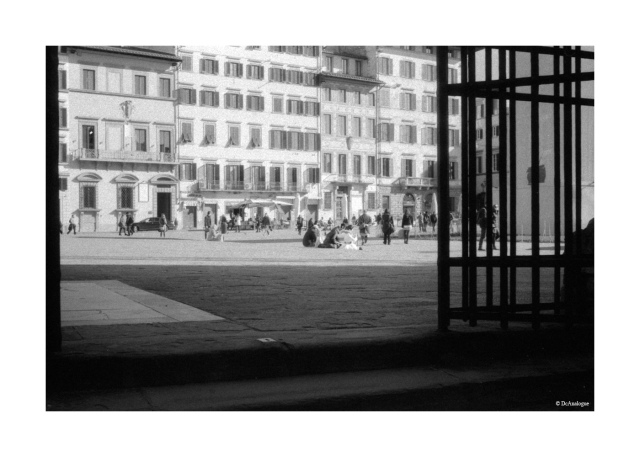
After some time, here is the return of a Voigtlander Vito. More precisely, the Vito B, built between 1954 and 1960 in two versions that differ mainly in the size of the viewfinder: the one in my possession is the last, with the biggest viewfinder. A very simple camera, with neither a rangefinder or a lightmeter. However, the lens is the renowned Color Skopar 50mm f/3.5 (or f/2.8), in my case mounted on a Prontor SVS central leaf shutter. What is amazing about this camera is the weight! In a body of small size and rounded lines, holding it you will be surprised by the robustness of the construction. Very beautiful to behold, and pleasant to handle. To test it I wanted to use a film recently introduced on the market: the Foma Retropan 320. The small but fierce house from Czech Republic has decided to propose Retropan as a soft and “retrò” effect coupled with an extended exposure latitude. As first time I rated it to 250 ISO.
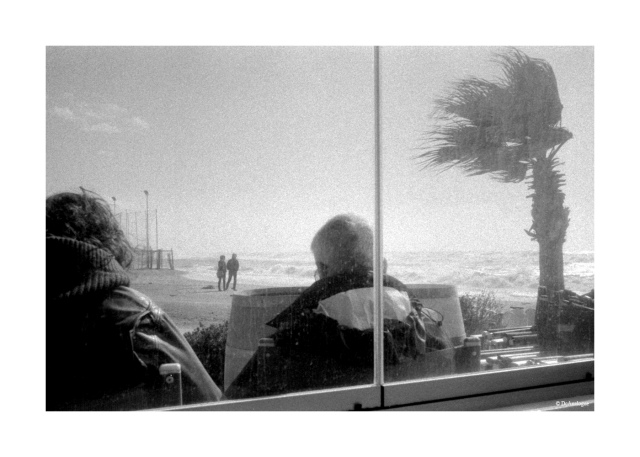
To test the Vito B at its best, I used a Watameter external rangefinder plus original Voigtlander lens hood and yellow filter. The use has proved very simple and pleasant and the big viewfinder (with bright frame and parallax correction lines) greatly facilitated the framing. The latter is a feature often overlooked but very important. Personally I prefer such a viewfinder respect to one with built-in rangefinder, but smaller and less bright, as often happens to find in vintage cameras. Even in the past of course, they were made many efforts to offer technologically advanced products and then, perhaps, being lost on small and cheap particulars. Framing is a fundamental moment in the genesis of a photograph, like exposure and focus, then a serious camera must have a proper viewfinder!
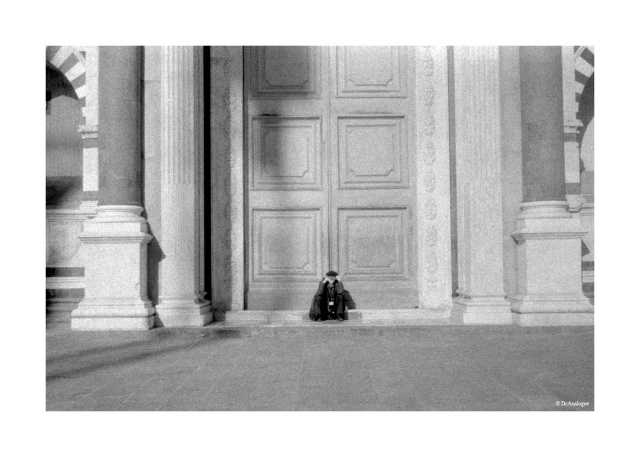
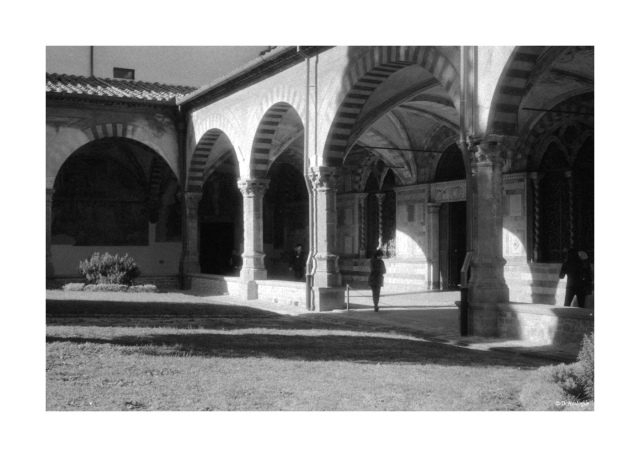
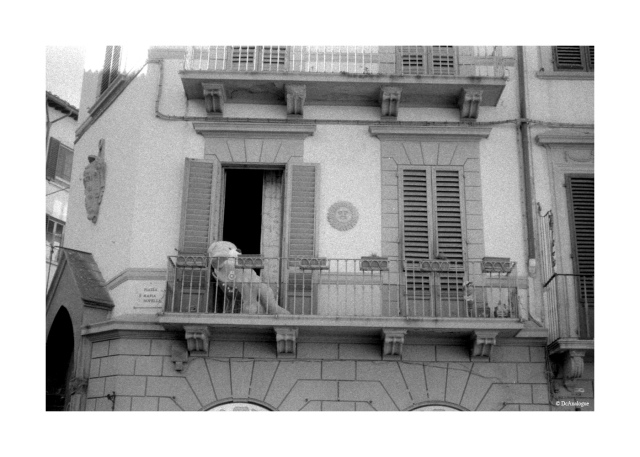
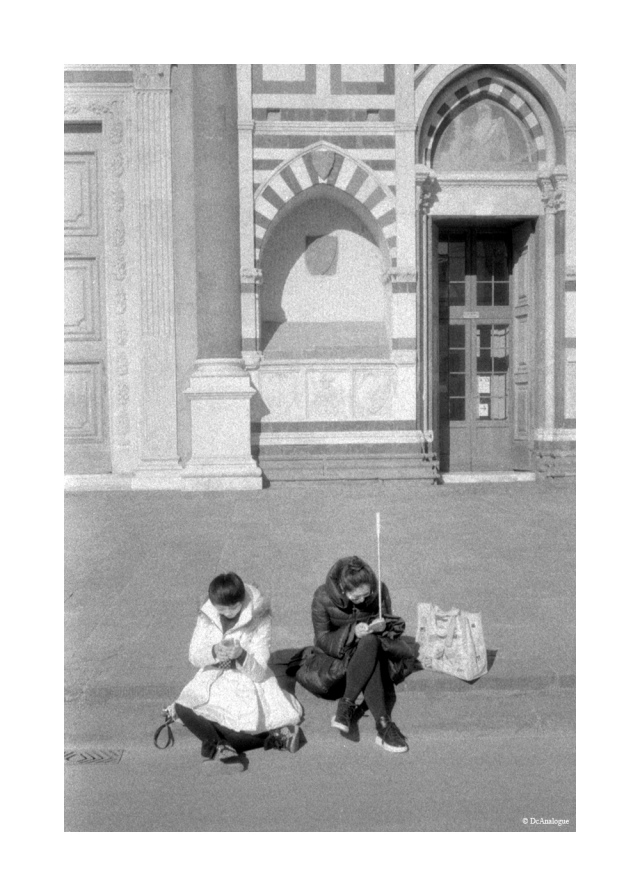
As for the Retropan, developed in Adox FX39 (1+9), I have to say I was rather dumbfounded. I state that I had (as other times happened) to estimate the development time, but the film showed a good density, was free from curling effects and was easy to scan. But what has not convinced me was the presence of a large grain, especially noticeable in bright areas.
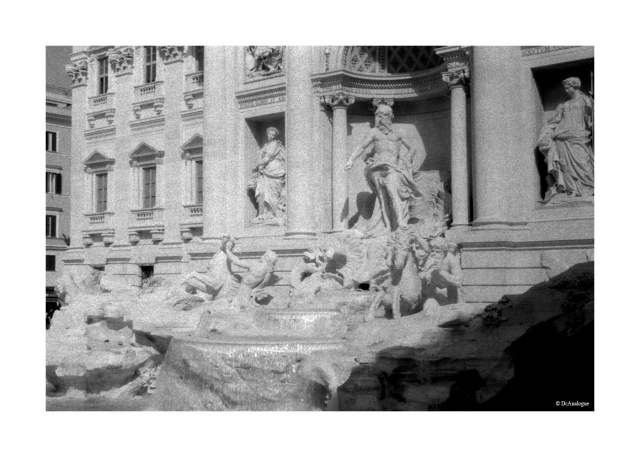
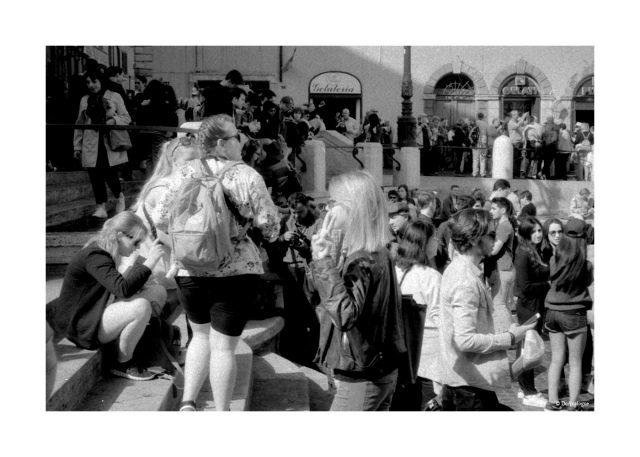
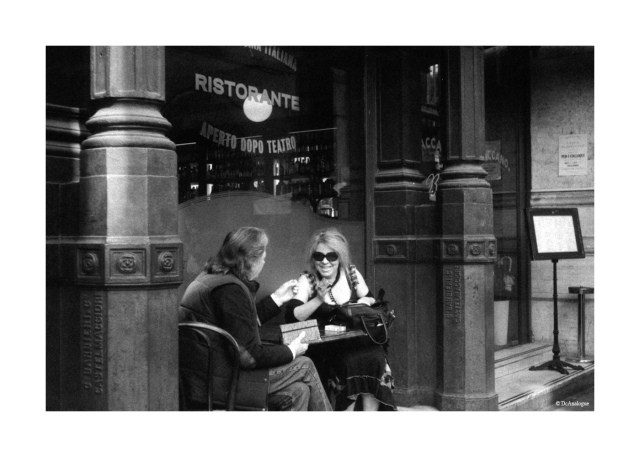
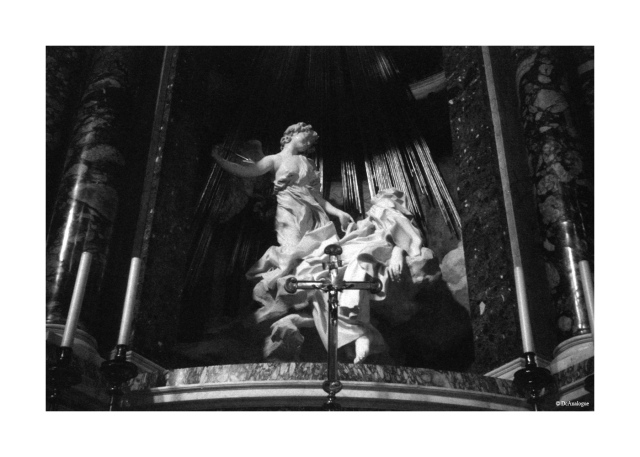
The combination Color Skopar / Retropan not seem blurry (Btw. the lens seemed very good, without evident distorsions or vignetting (see last uncropped image)). but the presence of a grain so cumbersome stands as a veil image. I believe that this is due to the effect Soft and Vintage wanted by the manufacturer, but frankly I do not know if the expected result would be that. The bright areas, while not losing the detail often seem as if they were “overexposed”.
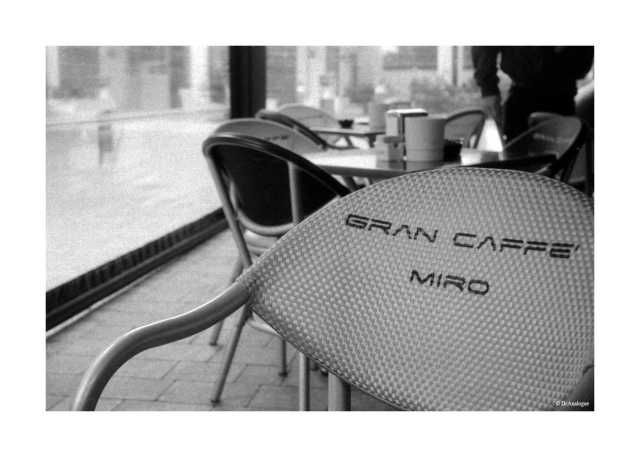
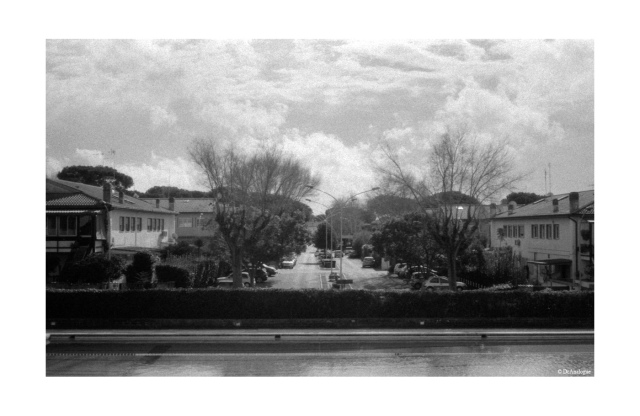
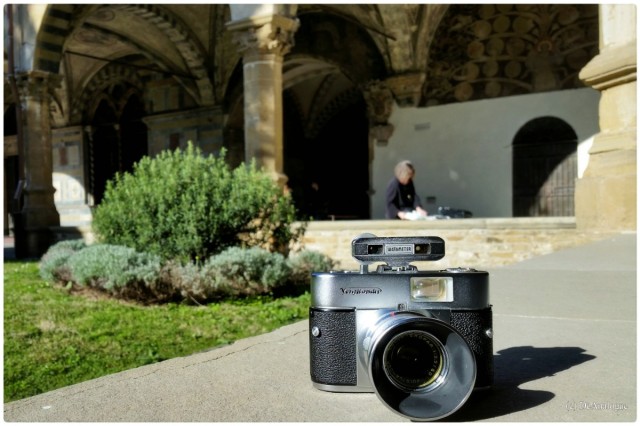
Because I have another roll available, next time I think I will rate it at box speed (ISO 320) and maybe I’ll develop it in Ars Imago-FD or Ilford DD-X to see if it’s possible to manage the excessive grain. Anyway, the overall tonal effect was not so bad, and the outcome of darker and less contrasted pictures seemed much better. Of course, the final effect will be evaluated on silver salts prints (when I get the chance).
(Testo Italiano)
Dopo un po’ di tempo ecco il ritorno di una Voigtlander Vito. Più precisamente il modello B, costruito tra il 1954 ed il 1960 in due versioni che differiscono principalmente per le dimensioni del mirino: quella in mio possesso è l’ultima, con il mirino più grande. Una fotocamera molto semplice, essendo priva sia di telemetro che di esposimetro. Come obiettivo però, è fornita del prestigioso Color Skopar 50mm f/3,5 (o f/2,8),, nel mio caso montato su un otturatore centrale a lamelle Prontor SVS. Quello che stupisce di questa fotocamera è il peso! In un corpo dalle dimensioni contenute e dalle linee arrotondate, impugnandola si rimane sorpresi per la robustezza della costruzione. Decisamente bella a vedersi e piacevole da maneggiare. Per metterla alla prova ho voluto usare una pellicola immessa recentemente sul mercato: la Foma Retropan 320. La piccola, ma agguerrita casa della repubblica Ceka ha voluto proporre con la Retropan una pellicola con effetto “retrò” e dall’ampia latitudine di posa. Come prima volta l’ho esposta a 250 Iso.
Per usare al meglio la Vito B, l’ho corredata di un rangefinder esterno Watameter e di filtro giallo e paraluce originali Voigtlander. L’uso si è dimostrato piacevole e molto semplice ed il grande mirino (con cornice luminosa e linee di correzione della parallasse) ha notevolmente facilitato lo studio delle inquadrature. Quest’ultima è una caratteristica spesso sottovalutata ma molto importante. Personalmente preferisco un simile mirino ad uno con telemetro incorporato, ma più piccolo e meno brillante, come spesso accade di trovare nelle fotocamere vintage. Anche in passato evidentemente, si facevano tanti sforzi per offrire prodotti tecnologicamente all’avanguardia e poi, magari, ci si perdeva su piccoli ed economici particolari. L’inquadratura è un momento fondamentale nella genesi di una fotografia, al pari dell’esposizione e della messa a fuoco, quindi una fotocamera che si rispetti deve avere un mirino adeguato!
Per quanto riguarda la Retropan, che ho sviluppato con l’Adox FX39 (1+9), devo dire che sono rimasto piuttosto interdetto. Premetto che ho dovuto (come altre volte) stimare il tempo di sviluppo, ma la pellicola mostrava una buona densità, era esente da fenomeni di curling ed è stata facilmente scansionabile. Quello che però mi ha poco convinto è stata la presenza di una notevole grana, particolarmente evidente nelle zone chiare. L’accoppiata Color Skopar/Retropan non sembra poco nitida (tra l’altro, l’obiettivo Color Skopar sembra comunque ottimo dal punto di vista della correttezza ottica con vignettatura (come si può notare nell’ultima immagine senza alcun crop) e distorsioni praticamente assenti), ma la presenza di una grana così ingombrante pone come un velo sull’immagine. Credo che ciò sia dovuto all’effetto Soft /Vintage voluto dal fabbricante, ma non so sinceramente se il risultato atteso dovesse essere questo. Le aree chiare, pur non perdendo il dettaglio sembrano spesso come fossero “sovraesposte”. Dato che ho un altro rullo disponibile, la prossima volta penso che lo esporrò alla sensibilità nominale (320 Iso) e magari lo svilupperò con l’Ars-Imago FD o l’Ilford DD-X per vedere se si riesce ad attenuare l’eccessiva grana. L’effetto tonale generale però non mi dispiace e la resa nelle immagini più scure e meno contrastate mi è sembrata nettamente migliore. Naturalmente, l’effetto finale andrà valutato in stampa (quando ne avrò la possibilità).
Tech Data:
Camera: Voigtlander Vito B – Lens: Color Skopar 50mm f/3,5 – Film: Foma Retropan 320 Iso – Developer: Adox FX39 (1+9) – Scanner: Epson V550
I got the exactly same camera. My father bought it over in Canada in the late 50’s and has been with us ever since. It’s got a few issues on the longer shutter times, but else works very good. I ran a film through it not to long ago. I like that Skopar lens a lot, I have to say. Sadly I do not own a yellow filter for the thing. That would be a “nice to have” for sure.
Nice pictures, but I see what you mean by the grainy stuff in the highlights.
LikeLiked by 1 person